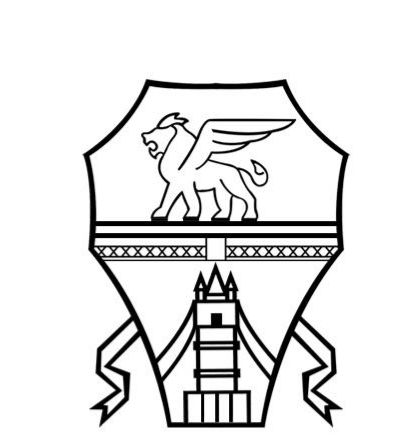An email also has its own netiquette. There are obviously no universal rules to follow, mostly guidelines that can help you not make mistakes.
The first advantage of email is to be able to communicate quickly and to several people at the same time, but the big limitation is that what we write can be misunderstood many times.
Here are 21 points that can help you write a flawless email:
- Take a final read before sending an email to avoid embarrassing misspellings, repetitions, and to make sure the message delivers what you mean.
- Don’t forget the “Reply to all”! Answering is good, answering everyone is better!
- Don’t be verbose, an email with little text, short and concise is always best.
- If you have to respond to a request made, always use the text of the previous email to give continuity to the speech.
- Always put the subject , which, even if very short, must always convey the idea of the content of the email.
If not, it could even be thrown away. - Before sending an email, make sure you delete the text you don’t want the recipient to read (or even the address of the person who sent it to you). This is among the first causes of bad figures.
- If in doubt, send simple text messages, without squiggles or HTML.
- Refrain from sending the classic “chains of St. Anthony”!
- Always make sure you use a good antivirus , updated so as not to unconsciously carry viruses, becoming a gateway for spam.
- Let them know that the email you received has been read. People often wonder if their message arrived or if it ended up in spam. Relieve them of any doubts.
- If you have to send an attachment, always write it in the text message, so that you will notice it in case you forget to attach the file.
- To avoid the error reported in point 11, always follow this sequence: Attachment – Subject – Text – Recipient .
- Respect the syntax even in emails. They are fast communications, but they don’t have to be careless for that.
- Don’t use acronyms like it’s raining! Help yourself with the most common ones such as FYI (For Your Information) or CVD (As you wanted to prove), but prefer for communications between colleagues not with customers or suppliers.
- Resize images if you need to insert them in an email.
- Even if you are a nice and funny guy, minimize the use of your irony in emails… you don’t know if the person on the other side will appreciate.
- Double-check the recipient’s address, not so much that it is correct, but that it is actually that of the person you want to send the email to.
- If in doubt, end your email with a simple “Thank you”.
- Always put your signature at the bottom , it gives the idea of seriousness and professionalism.
- Compress files before sending them!
- If they wish you a good weekend, don’t answer a simple “You too”. Little text is good… but so little is annoying!
That said, is there any point that sounds familiar to you?




